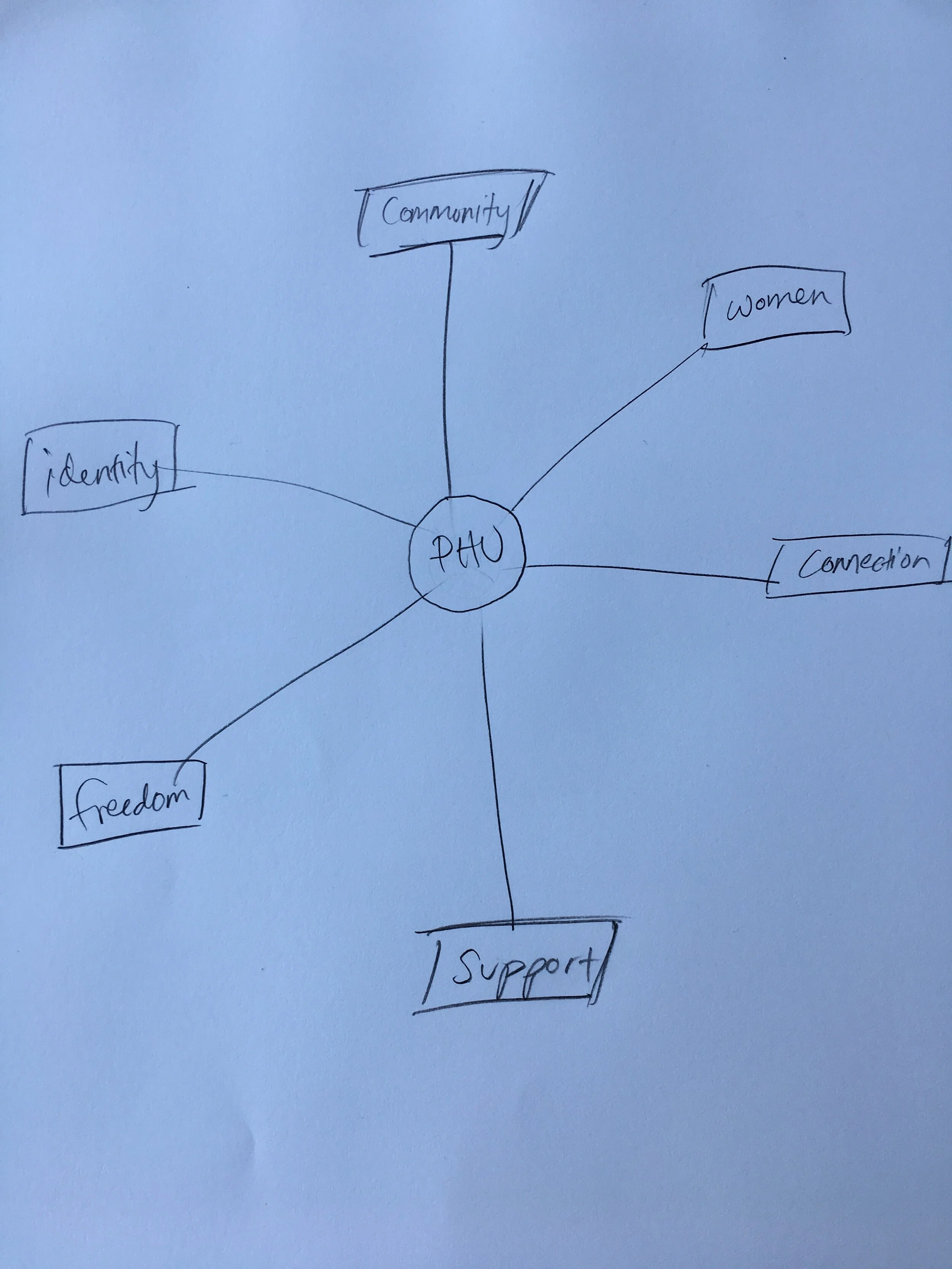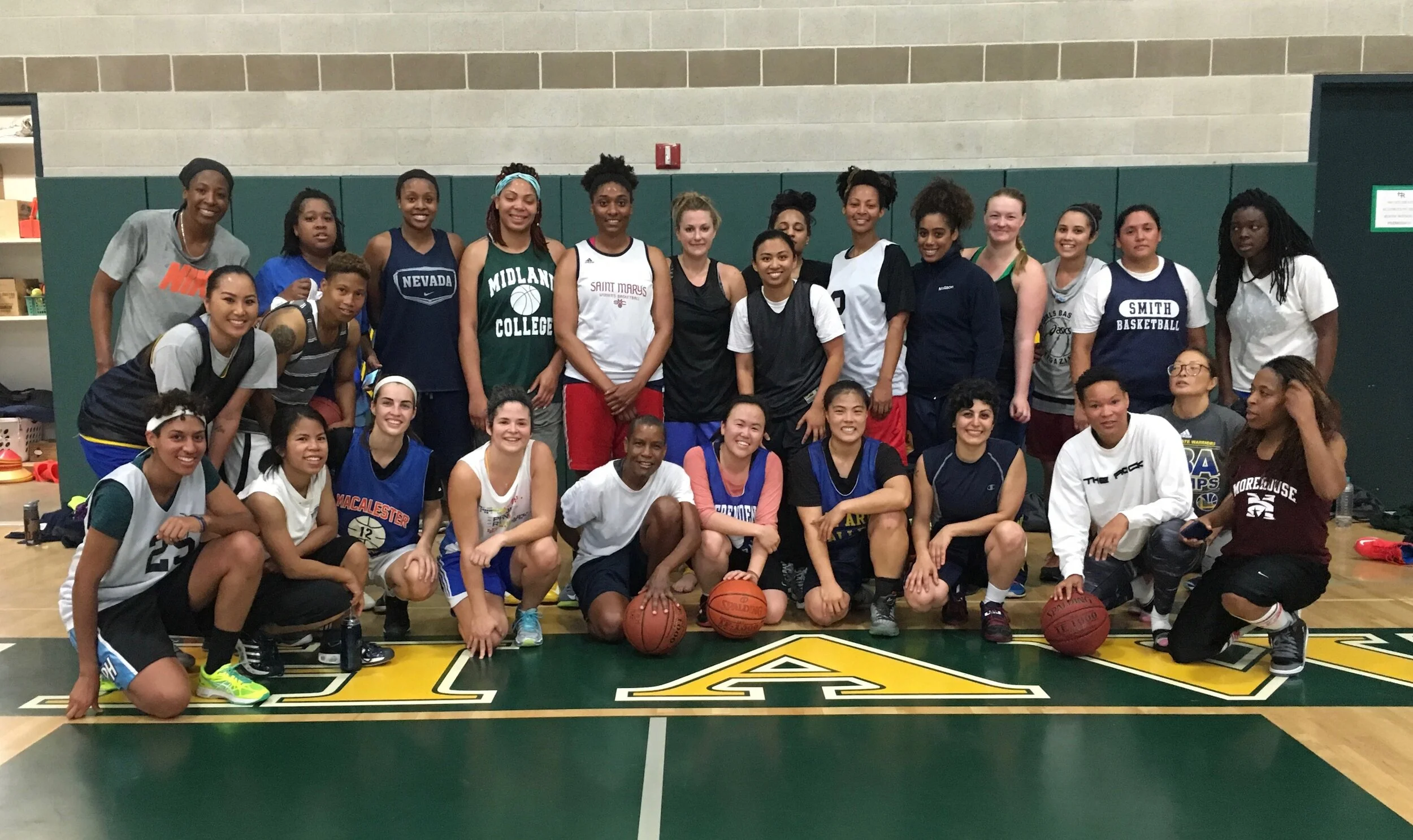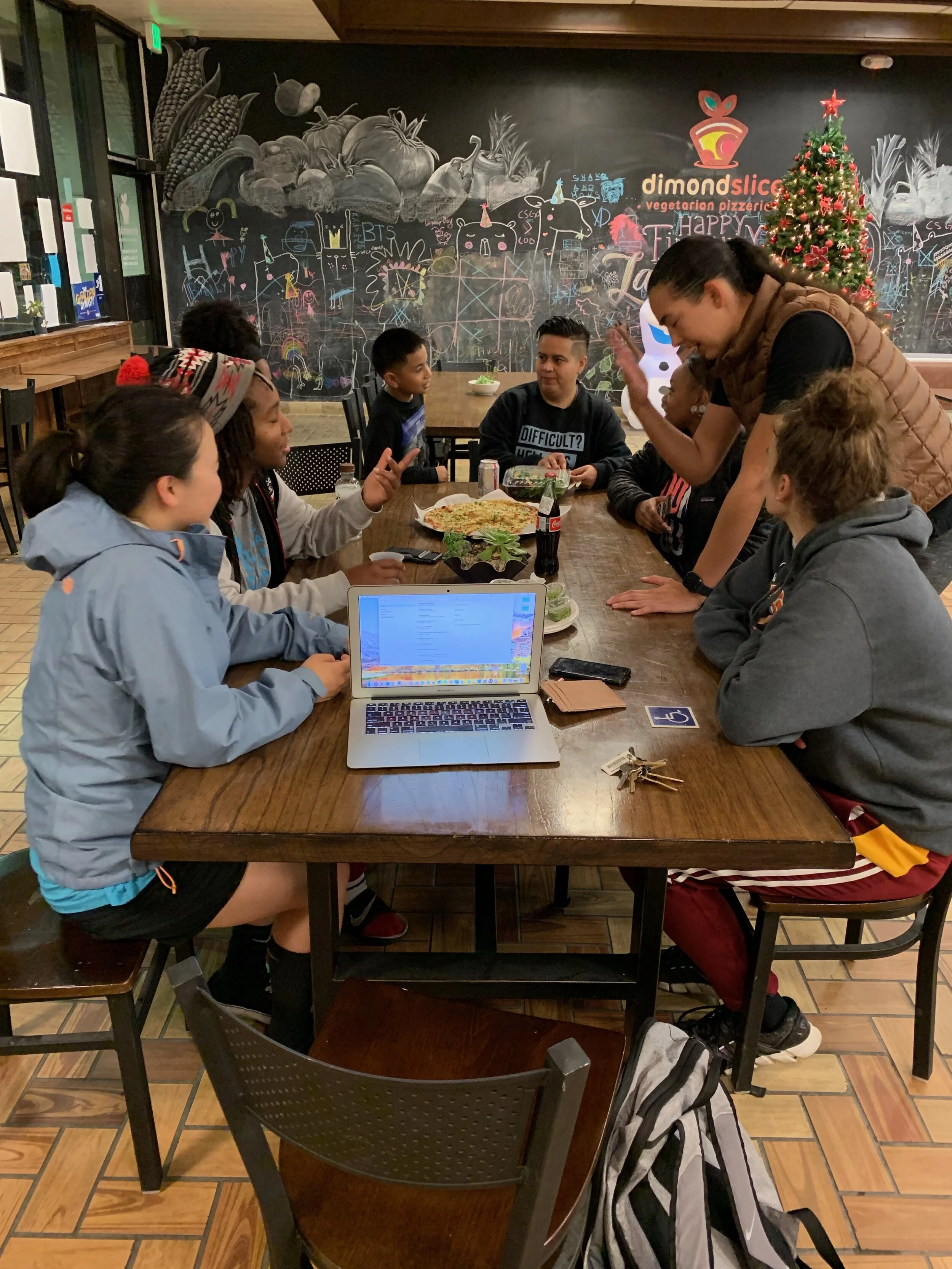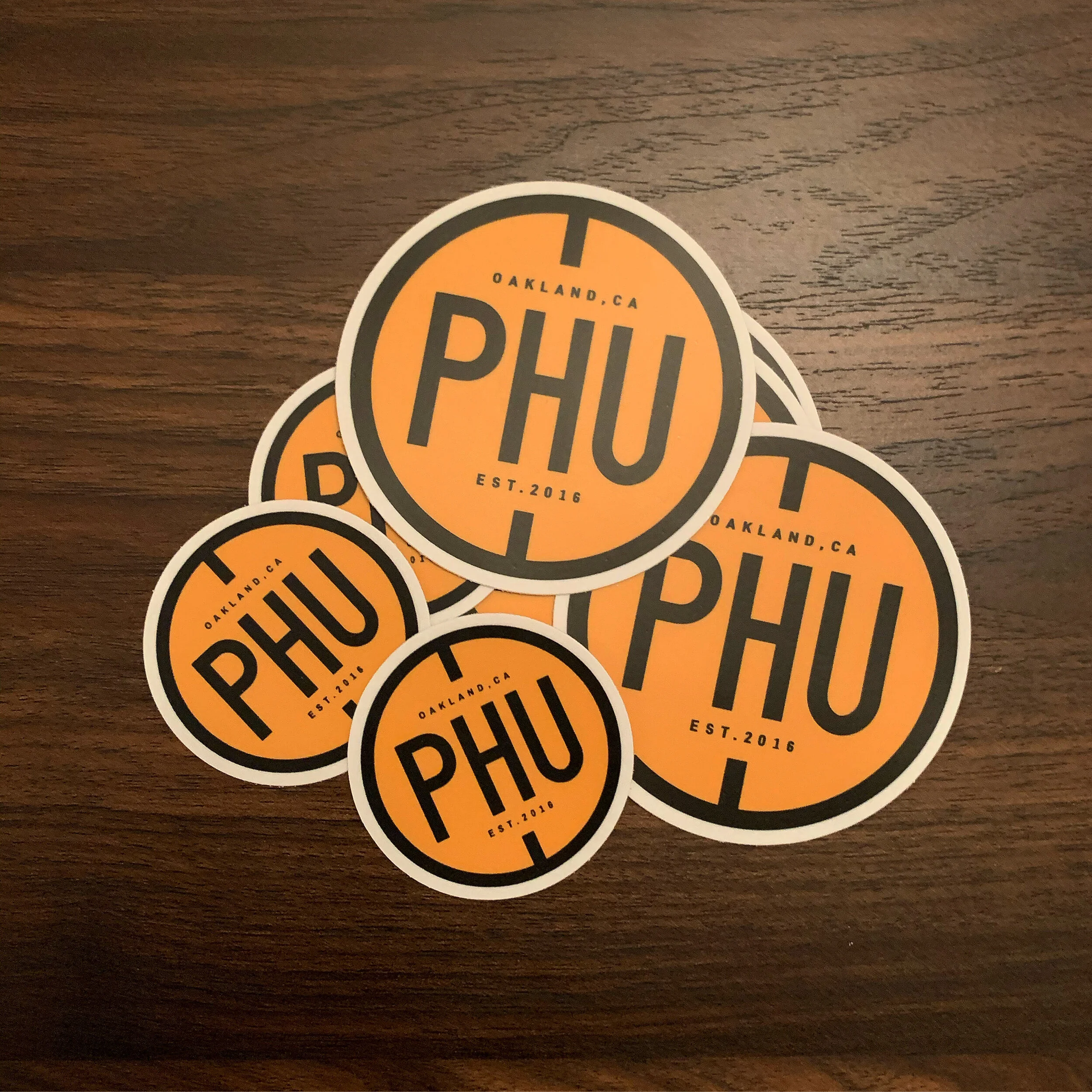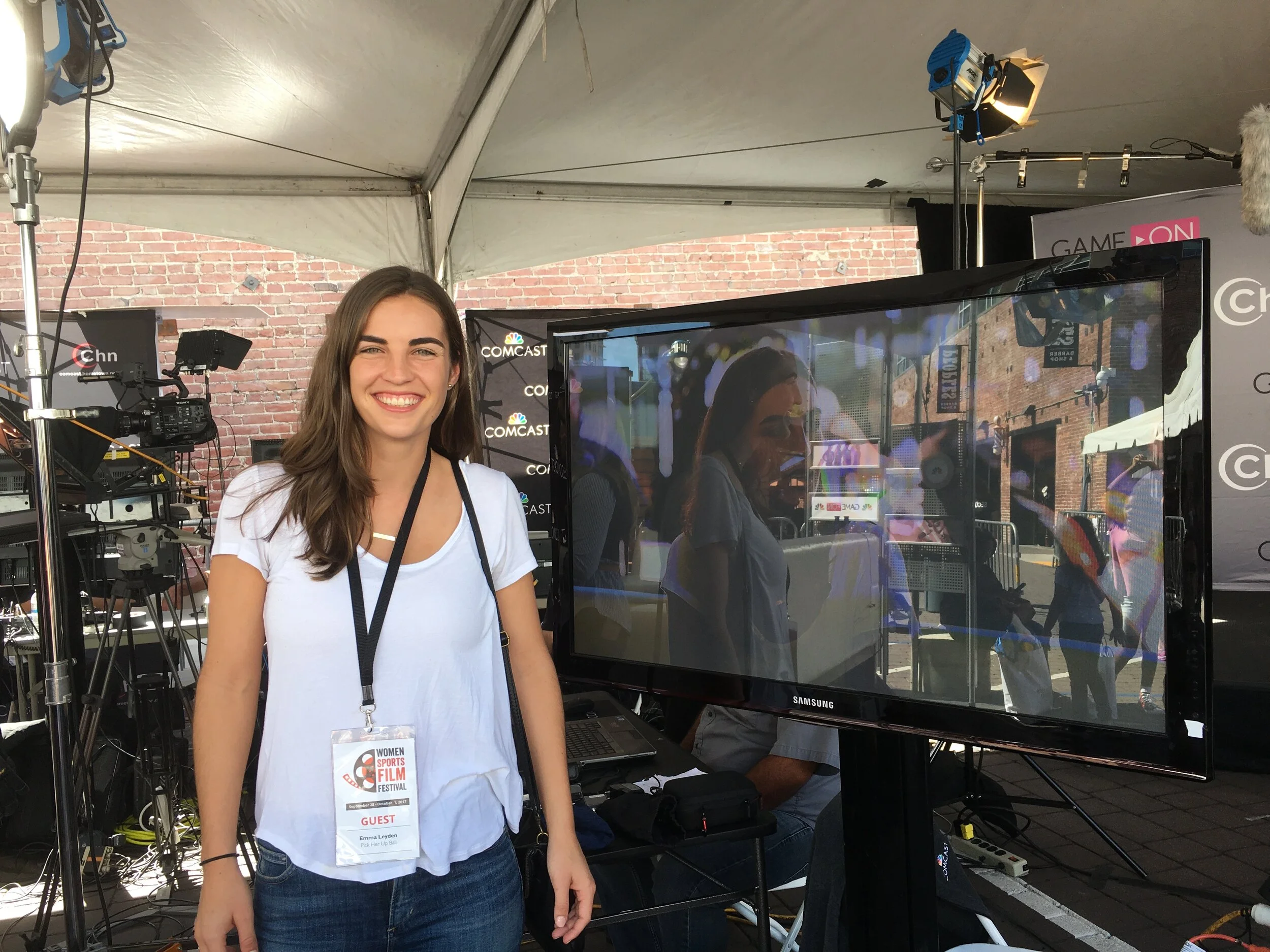Pick Her Up Basketball
My contribution:
Founder, Leader, Lead researcher
Challenge:
There were virtually no consistent opportunities for women to play basketball with other women in the San Francisco Bay Area.
Impact:
Designed solution that has now scaled into a community of over 400 women, with 20-30 women playing every week.
Method:
Ethnographic interviews and research
Pick Her Up Basketball (PHU) is the only structured weekly women's pick up basketball organization in the San Francisco Bay Area and has now scaled into a community of over 400 women.
Founded in 2016 to address a need for women to have a place to play basketball after college.
PHU is designed to provide an end-to-end experience for female basketball players to easily meet one another, engage in sport in a casual setting, and find community in a rare all-female environment.
Problem
For men, the opportunities to play basketball after college are endless — recreational leagues in every town, pick up runs at local gyms, casual park games with other male friends, etc. While women can sometimes be invited to play in these games, playing basketball with men is vastly different from playing with women. Every female hooper has experienced the guy who plays too hard to prove a point about his physical dominance, or the guy who condescendingly congratulates you for making a layup when you played at a much higher level than he ever did. Because of the physical gender differences, women have to change their game up too — they usually limit their offensive game to outside three point shots, and rarely go close to the basket for the rebound to avoid elbows to the face.
After playing basketball in college, I found myself without a basketball team for the first time in my life and as a woman, I had nowhere to continue playing the game that I love. I was tired of holding my own on a court with only men, and I saw that there were virtually no opportunities or spaces for women to play exclusively with other women.
“Before PHU, whenever I went out to play basketball, I always made sure I brought a guy friend with me. He was the one who would talk to the other men to persuade them to let me play. Otherwise, it’s really difficult to get into a game as a woman. The other guys are too afraid to play too hard on you. They don’t respect your game usually.”
Exploration
To probe further and see if other women were experiencing the same thing, I decided to do ethnographic research. In face-to-face interviews at every place imaginable, I talked with women and deeply listened to their needs. From any woman I saw wearing basketball shorts doing errands to the women in the stands at men’s leagues, our conversations revealed the same insights. Women wanted to play, but there were no consistent, weekly opportunities for them to play with other women.
Ideation
After hearing loud and clear, women wanted to play. I strategized what could fulfill that need.
How might I connect women easily to one another?
How might I design a space that would best fulfill women’s needs?
What could and should that space look/feel like?
I brainstormed five main pillars for success: community, women, connection, support, freedom, and identity.
The space needed to incorporate these themes and values into all elements of the experience.
First idea tree sketches, strategizing how the core user needs & PHU interact.
Our First Prototype
To create this space, I had to start somewhere. I decided to put together a Facebook event inviting anyone I could think of that would have a connection to women who wanted to play basketball. On that first day, with no idea if it would be a success of not, 25 women walked into the gym.
We didn’t know each other, but for the next two hours, we played like we were long-lost teammates. After feeling so isolated as a female hooper, it was both relieving and exhilarating. Other women vocalized the same feelings, and we agreed to meet the following week again. Week after week, the same women kept returning and even more women showed up.
The very first PHU run - March 12, 2016
A Typical Sunday at Pick Her Up
Visuals: Greg Plater, Editing: Emma Leyden
Testing & Iteration
Week after week, we tested new ideas and iterated the product time and time again, working on different aspects of the experience, such as:
Format of two hours of play
Rotation of teams depending on number of players
A rulebook after confusion on the rules
Cost of entry and sign in process development
Increasing social media presence
Building an operations staff
The product is forever evolving based firstly on suggestions from the users themselves.
We hold consistent group gatherings off the court where we discuss how to improve the experience, where to find more women, and when to take advantage of PR opportunities.
Branding
After consistent numbers and successful runs, we fully branded into Pick Her Up Basketball, named after the fact that we were picking each other up literally both by competing on the court and also by connecting and supporting each other off the court.
Graphic design by Fannie Ko
Logo created in collaboration with Fannie Ko
Stickers
Success & Impact
PHU now boasts a community of 400+ women, with 20-30 women showing up each week.
The impact that PHU has had on the lives of our members goes far beyond providing a space to play the game they love, from finding a best friend to feeling comfortable to freely play your game. Hear from PHU players themselves:
“PHU provides a sense of belonging and is a really unique space. You don’t find this place anywhere else where we’re encouraged and empowered to play basketball in the way that we do. When I play pick up just on a court outside, there’s a lot of masculine dominance that you don’t have here. Everyone’s really supportive and there’s still a lot of competition, which is really great.
I think if it weren’t for this community, I wouldn’t be playing basketball today.”
— Fannie, PHU member
“It’s a beautiful community for diverse women to be their authentic selves. I think that’s the best part about this. People get to be themselves and we get to play basketball. We’re a community.”
— Aja, PHU member
“I pretty much didn’t think I was going to be able to play basketball when I came out as a trans woman, and now it’s such an important part of my life. PHU is a safe place and a welcoming place is not something that just exists anywhere for me.”
— Nicola, PHU member
Since we started, we have never gone a week without having at least one new woman show up to play with us. Since there are so few opportunities to play as a woman, our group is as diverse as they come. From East Oakland to Palo Alto, 14 to 40 years old, professional hoopers training in their off-season all the way to new moms who haven’t touched a ball in a decade and put their strollers on the sidelines, we welcome all and connect across all backgrounds.
As the Founder of PHU, I have been featured on Comcast TV, a panelist at the Women's Sports Film Festival, the East Bay Times, Hoopmaps' blog, the Vertical podcast and more:
Pick Her Up Instagram:



